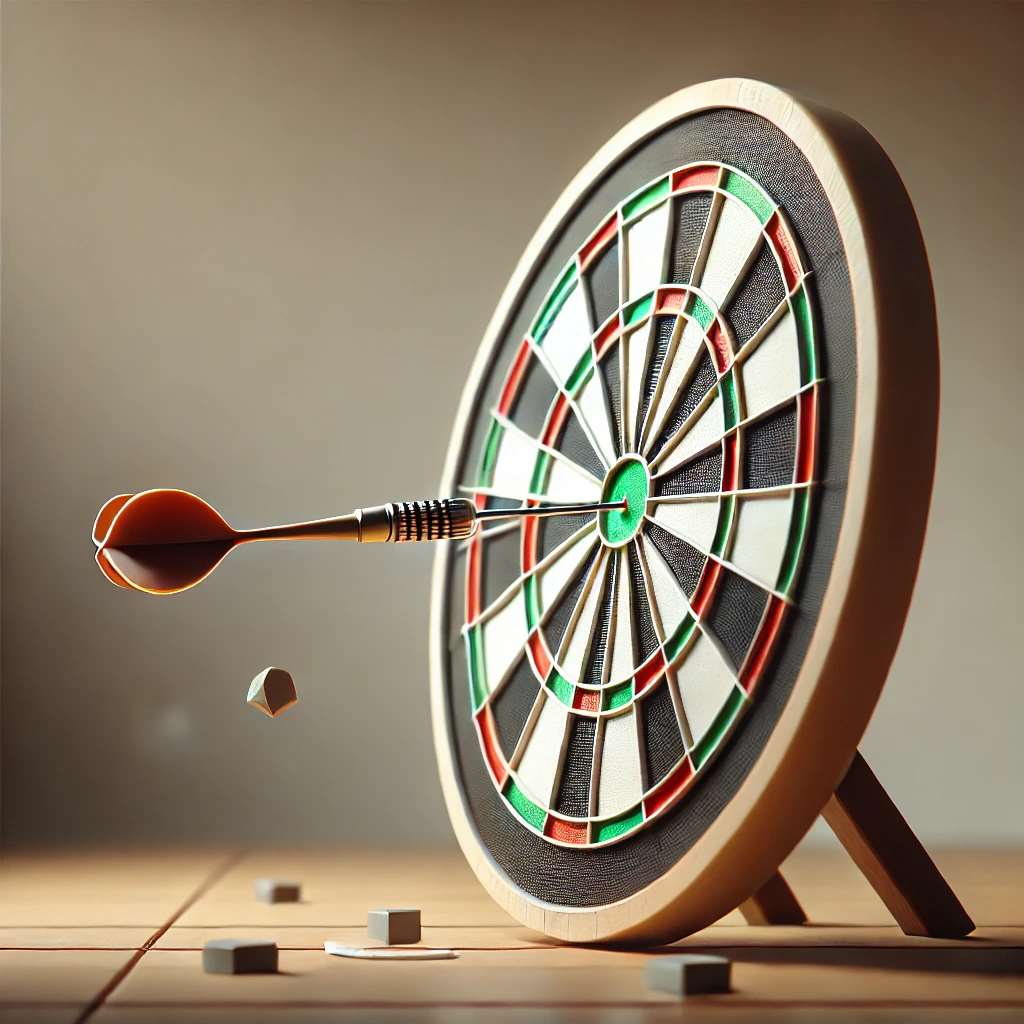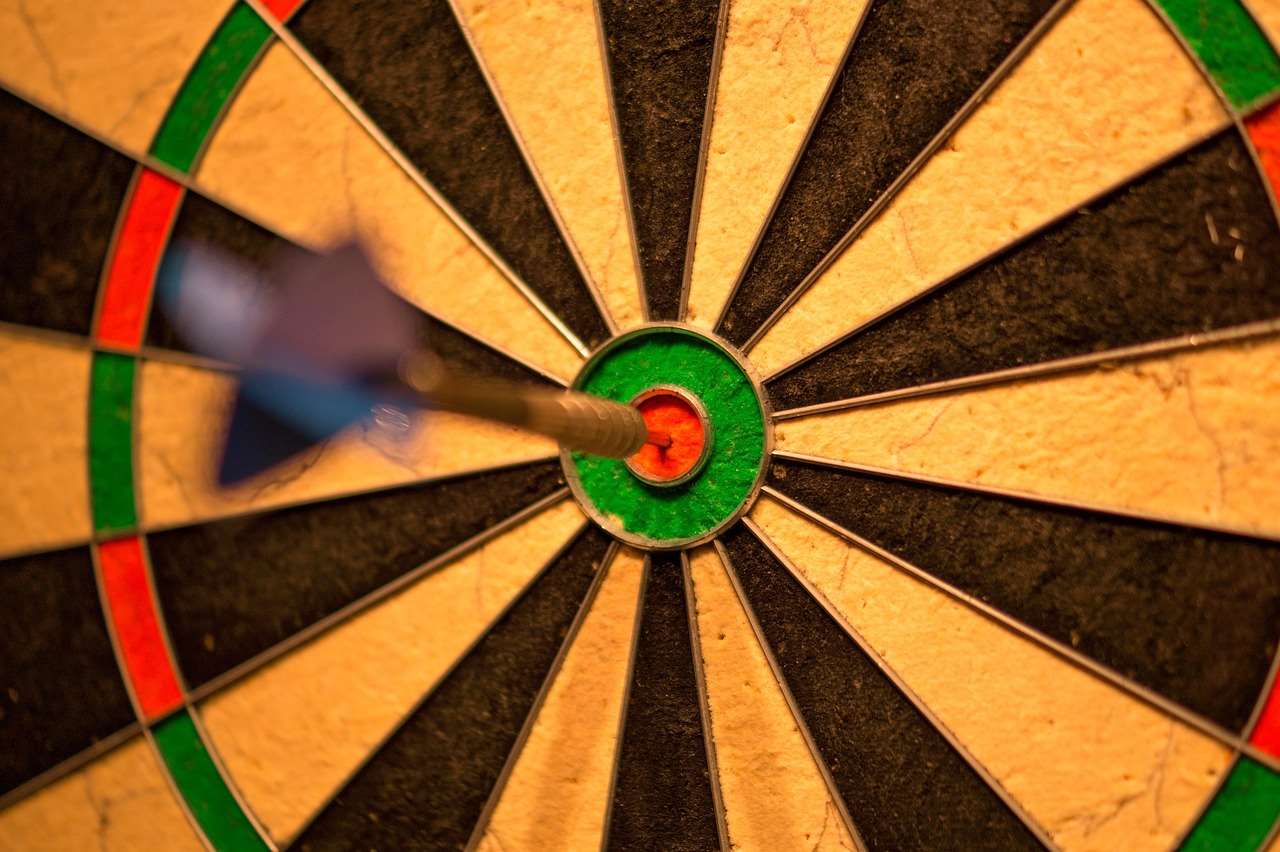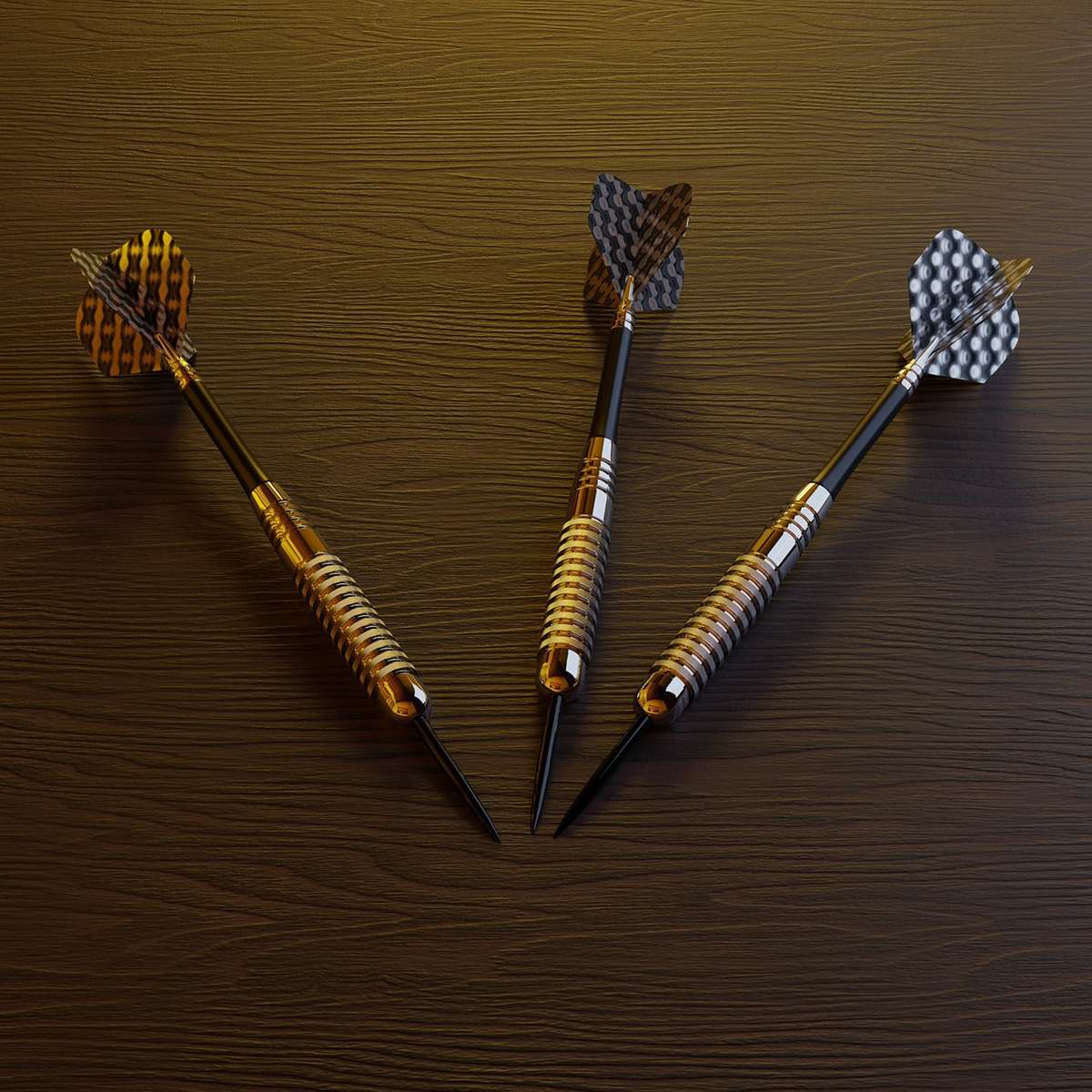Effectively **adapting rules to incorporate non-standard dart throws** necessitates a framework that maintains fairness and competitive integrity while acknowledging diverse throwing styles. This article explores practical modifications to existing dart rules, considering factors like throwing stance, release point, and physical limitations, ultimately ensuring an inclusive and enjoyable experience for all players.
⚠️ Still Using Pen & Paper (or a Chalkboard)?! ⚠️
Step into the future! The Dart Counter App handles all the scoring, suggests checkouts, and tracks your stats automatically. It's easier than you think!
Try the Smart Dart Counter App FREE!Ready for an upgrade? Click above!
Understanding Non-Standard Dart Throws
Traditional dart throwing techniques emphasize a consistent stance, a smooth throwing motion, and a release point close to the eye. However, many players deviate from this norm due to physical limitations, personal preferences, or simply a lack of formal training. These non-standard dart throws can include side-arm throws, underhand throws, throws from a seated position, or variations in the release point. Recognizing and accepting these differences is the first step towards adapting rules to incorporate non-standard dart throws effectively.
It’s crucial to distinguish between a genuine non-standard throw and a deliberate attempt to gain an unfair advantage. For example, consistently exceeding the oche line should not be permitted, regardless of the throwing style. However, a player with a physical disability who requires a modified stance should be accommodated. Finding this balance requires careful consideration and clear communication.

Common Types of Non-Standard Throws
- Side-Arm Throw: Releasing the dart from the side of the body instead of directly in front.
- Underhand Throw: Releasing the dart with an upward, scooping motion.
- Seated Throw: Throwing from a seated position, often due to mobility issues.
- Modified Stance: Adjusting the foot placement or body angle for comfort or balance.
- Unconventional Grip: Holding the dart in a non-traditional manner.
Adapting Rules to Incorporate Non-Standard Dart Throws: Practical Modifications
Several modifications can be implemented to create a more inclusive dart game experience. These adjustments should focus on ensuring fairness while respecting individual needs and throwing styles.

Relaxing Stance Requirements
Traditional dart rules often stipulate that at least one foot must be behind the oche line when throwing. While this rule is generally fair, it can be restrictive for players with limited mobility or balance issues. Consider allowing players to modify their stance as needed, as long as they do not gain an unfair advantage by stepping over the oche line during the throw. Emphasizing the spirit of the rule, rather than the strict letter, can foster inclusivity. You might also want to explore Adapting darts rules for small spaces: tips and tricks as this might allow you to tailor the playing area to better suit an individual’s specific needs.
Adjusting the Oche Line
For players who throw from a seated position, the standard oche line distance may be too far. In such cases, temporarily adjusting the oche line to a more appropriate distance can level the playing field. This adjustment should be made in consultation with the player to ensure it provides a fair and comfortable throwing distance. This is especially helpful when Modifying rules for mixed-level dart players so everyone has an equal chance.
Handicap Systems for Fairness
Even with modifications to stance and oche distance, some players may still be at a disadvantage due to their throwing style. Implementing a handicap system can help to level the playing field. This could involve awarding extra points, deducting points from stronger players, or using a points-per-dart average to calculate a handicap. There are several methods for How to make darts fairer with handicap rules so each player has an equal opportunity of winning.
Allowing for Assistance Devices
Some players may require the use of assistive devices, such as a cane or a modified throwing aid. As long as these devices do not provide an unfair advantage, they should be permitted. The goal is to enable participation, not to create an unequal competition. It is important to have a discussion with the players involved before the game begins to ensure everyone is comfortable with the use of any assistive devices.
Communicating Rule Modifications Clearly
Transparency is key when adapting rules to incorporate non-standard dart throws. Before a game begins, clearly communicate any modifications to all players. This ensures everyone is aware of the adjusted rules and prevents misunderstandings or disputes. A simple, written explanation of the modifications can be helpful, especially for players who are new to the game or unfamiliar with the adapted rules. Understanding Basic Darts Fundamentals for Beginners, even with modified rules, can make the game more enjoyable for everyone.
Example: Communicating a Modified Stance Rule
“Due to physical limitations, Player A is permitted to adjust their stance as needed, as long as they do not step over the oche line during their throw. All other rules regarding foot placement apply.”
Addressing Potential Concerns and Disputes
Even with clear communication, disputes may arise regarding the application of modified rules. It’s important to establish a process for resolving these disputes fairly and efficiently. This could involve appointing a neutral referee or allowing players to vote on the interpretation of a rule. The focus should always be on maintaining a positive and respectful atmosphere. In friendly games, resolving disputes creatively can even be part of the fun; consider it one of the fun dart game variations with modified rules.

Tips for Resolving Disputes
- Listen to all sides: Allow each player to express their perspective calmly and respectfully.
- Refer to the pre-game agreement: Remind players of the agreed-upon modifications.
- Seek a neutral opinion: If possible, consult a third party for an unbiased interpretation.
- Focus on fairness: Prioritize a solution that is fair to all players involved.
- Maintain a positive attitude: Remember that the goal is to have fun and enjoy the game.
The Benefits of Inclusive Dart Rules
Adapting rules to incorporate non-standard dart throws not only promotes fairness but also encourages greater participation and enjoyment of the game. By creating a more inclusive environment, you can attract new players, foster a sense of community, and enhance the overall dart-playing experience. This can lead to more people playing darts and even creative dart rules for parties and social gatherings being implemented.
Increased Participation
When players feel welcome and accommodated, they are more likely to participate. This can lead to a larger and more diverse dart-playing community.
Enhanced Enjoyment
Fair and inclusive rules make the game more enjoyable for everyone involved. Players can focus on their skills and strategy, rather than feeling frustrated by unfair advantages or restrictive rules.

Positive Community
Inclusive dart rules contribute to a more positive and welcoming community. This can foster camaraderie and create a more enjoyable social experience for all players.
Conclusion
Adapting rules to incorporate non-standard dart throws is essential for creating a fair, inclusive, and enjoyable dart-playing experience for everyone. By understanding the challenges faced by players with diverse throwing styles and implementing practical modifications, you can promote greater participation, enhance enjoyment, and foster a positive dart-playing community. Remember to communicate rule modifications clearly, address potential disputes fairly, and prioritize the spirit of the game over strict adherence to traditional rules. By embracing these principles, you can ensure that everyone has the opportunity to participate and enjoy the sport of darts. Start experimenting with these adaptations in your next game, and encourage open communication to create a welcoming and fun environment for all players!
Hi, I’m Dieter, and I created Dartcounter (Dartcounterapp.com). My motivation wasn’t being a darts expert – quite the opposite! When I first started playing, I loved the game but found keeping accurate scores and tracking stats difficult and distracting.
I figured I couldn’t be the only one struggling with this. So, I decided to build a solution: an easy-to-use application that everyone, no matter their experience level, could use to manage scoring effortlessly.
My goal for Dartcounter was simple: let the app handle the numbers – the scoring, the averages, the stats, even checkout suggestions – so players could focus purely on their throw and enjoying the game. It began as a way to solve my own beginner’s problem, and I’m thrilled it has grown into a helpful tool for the wider darts community.